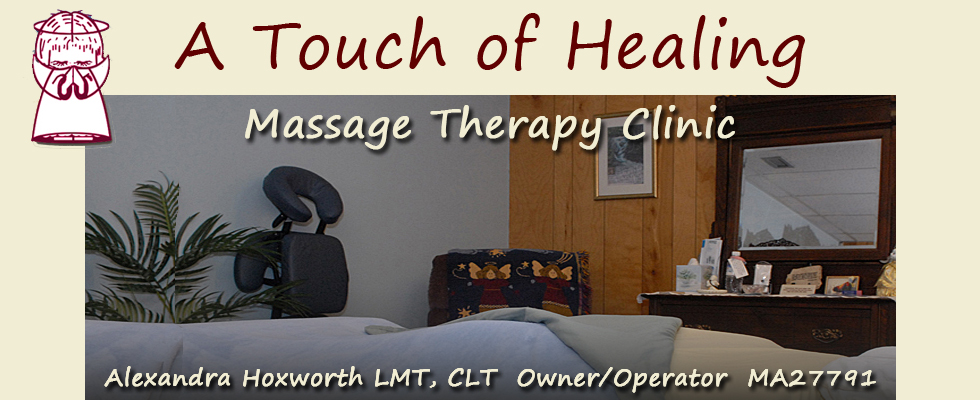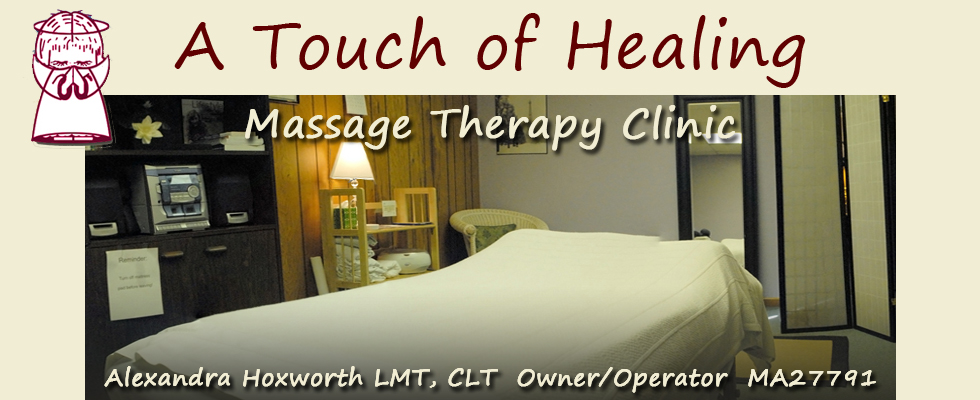By Medical Massage Practitioners of America
Medical Massage is result oriented and the treatment is specifically directed to resolve conditions that have been diagnosed and prescribed by a Physician. The therapist may use a variety of modalities or procedures during the treatment, but will focus the Medical Massage treatment only on
the areas of the body related to the diagnosis and prescription. Medical Massage is generally billed in 15-minute segments using current procedural terminology and adhering to the usual and customary reimbursement fee schedule.
Why is a prescription necessary to perform Medical Massage?
In order for Massage Therapists to state that they are treating someone, they must first be able to legally determine what it is that they are actually treating.
Since it is beyond Massage Therapists’ scope of practice to diagnose, they must work from a doctor’s prescription if they are claiming to treat a specific condition. Non-prescribed therapy may also be administered to address clients, where assessment shows soft-tissue imbalances.
What Types of Massage Therapy are considered Medical Massage?
We believe all forms of Massage Therapy can be therapeutic when applied by a skillful and knowledgeable Therapist; therefore Medical Massage is not limited to any particular specific technique.
We incorporate several approaches in our Medical Massage, including, but not limited to, Muscle Testing, Neuromuscular Therapy, Myofascial Release, Positional Release, Trigger Point Therapy, and Rehabilitative Stretching Procedures.
It is common for some to play down the effects of so called Relaxation Massage and to even call it “Fluff” but as we learn more about the stress response and it’s role in creating disease, we see a definite need for this type of service when necessary. Cardiologists and Psychiatrists are excellent referral sources.
What are the benefits of Medical Massage Therapy?
The following list many of the benefits of Medical Massage Therapy.
• Releases tight and sore muscles which can cause Ischemia (Ischemia: A lack of blood supply to soft tissues, which causes hypersensitivity to the touch and allows for further injury to the tissues)
• Helps relieve nerve compression or entrapment. (Pressure on a nerve by soft tissue, cartilage or bone, which can contribute to muscle atrophy, referred pain, paresthesia, and conditions such as pseudo sciatica, piriformis syndrome, pseudo angina, and others.)
• Deactivates Myofascial Trigger Points (Trigger Points: Areas of high neurological activity, which refer pain to other parts of the body. Research has shown, trigger points may be responsible for as much as 74% of everyday pain.)
• Decreases Pain And Inflammation:
Massage can restore suppleness and strength to your muscles, improving their overall function. It’s the ideal treatment for releasing tension or muscles in spasm and helps to release toxins such as lactic acid (produced by muscle tissue during exercise).
• Alleviates Stress and Improves Circulation:
Proper circulation is vital to continued health. Your blood and lymph carry nourishment to the trillions of cells throughout your body and then carry away the waste to be eliminated from the cells. Massage encourages a better exchange of nutrients at the cellular level and more thorough detoxification. Remember, the future “you” is determined by how well your army of cells regenerate themselves, so this is indeed a critical part of remaining healthy. Massage has been practiced for thousands of years and is one of the earliest health treatments known to man. That is why it remains one of the best ways of dealing with everyday stress.
• Aids in Digestion:
Massage can improve digestive motility.
• Increases Flexibility And Range Of Motion:
By reducing hypertonicity and hypotonicity the muscles allow for normal ranges of motion to be restored. This also reduces the forces being applied to the joint capsule and diminishes the potential for joint and disk degeneration.
• Calms The Nervous System:
The first sense to develop is your sense of touch. It’s not surprising when you consider that each square inch of your skin contains roughly 50 nerve endings. With as many as five million total touch receptors in your skin relaying messages on to your brain, your body’s initial response to massage is to relax and de-stimulate. Even a simple touch has been shown to lower blood pressure and reduce the heart rate. Touch can also signal the brain to produce endorphins, your body’s natural pain suppressors. The nervous system is your communication network, sending messages constantly that determine proper functioning throughout your body. Stress can affect the ability of the nervous system to do its job. The many nerve endings found in the skin and muscles are soothed by massage, and this contributes to keeping your internal lines of communication open and operational.
• Improves Posture And Coordination
• Medical Massage is cost effective.
By assisting the client towards a quicker recovery from acute headaches, neck and back pain, skeletal muscular strains, sprains, etc. he or she is able to return to a normal productive life.
• Medical Massage also helps to prevent future chronic pain conditions by effectively dealing with the cause of the problem and eliminating it. It is shown in scientific literature that over 80% of the pain is coming from soft tissue injuries, and over 74% is directly attributed to Trigger Points. Overall Medical Massage achieves results and substantial cost savings to the client, employer and to society. As the general public becomes more familiar with the role of the Medical Massage Therapist they will be better able to handle their everyday soft-tissue pains.
As powerful as Medical Massage Therapy can be, in certain cases it may be contraindicated. Please consult with your physician or health care provider to determine the appropriate treatment protocol.


